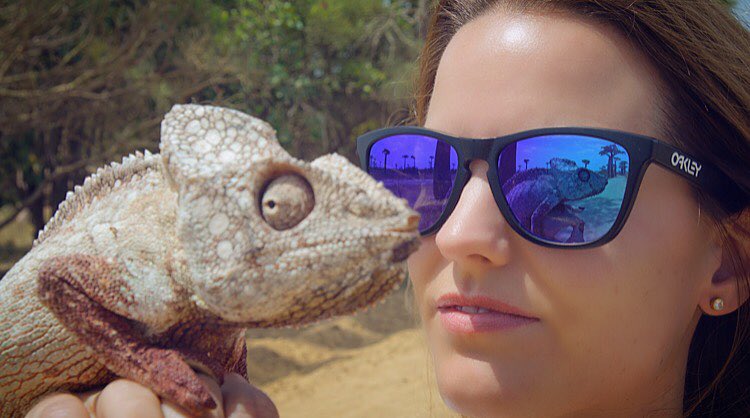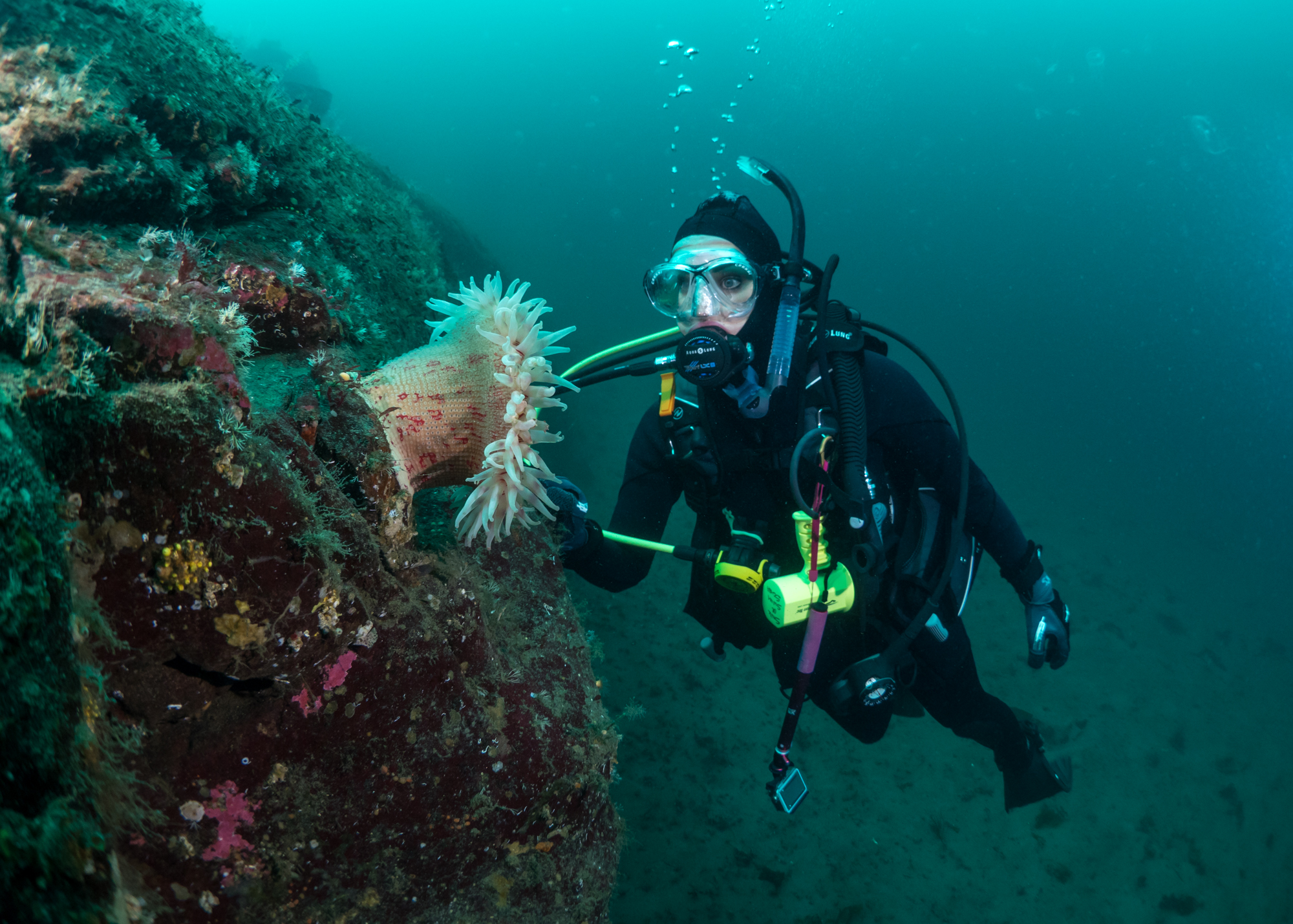Catherine Capon is a British naturalist, adventurer, animal lover, journalist and traveler. She travels the world in search of incredible destinations for ecotourism while writing about, filming, and photographing the journey in order to inspire others to do the same. Catherine has found through her travels that ecotourism has become a powerful method of conservation world-wide. By encouraging others to value these destinations for their own vacations they become infinitely more valuable as a preserved resource rather than a destroyed one. Her adventures are thrilling and unique and we hope you are inspired to try one for yourself after reading this spotlight.
Where were you born and raised?
I grew up in Greater London where the choices of outside space to explore and play in were limited. However, for as long as I can remember, I’ve craved being outdoors. I was the kind of kid who came home from school with frogs in my pockets, muddy tights and grazed elbows.
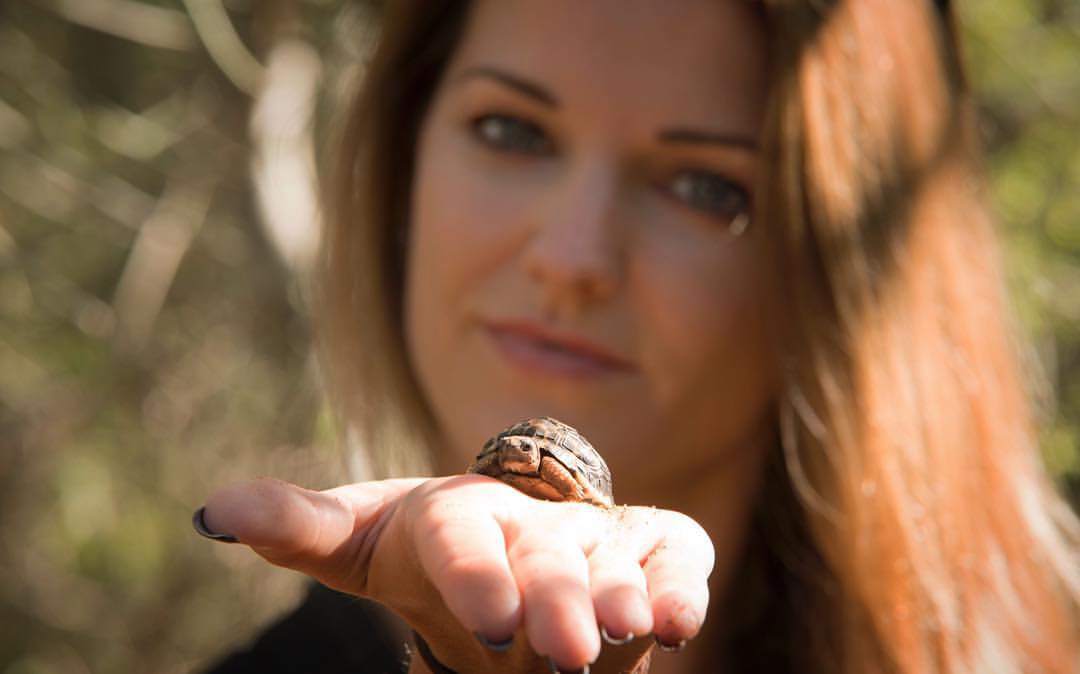
Tell us a bit about your journey and your obvious alignment with the environment and particularly the ocean.
My passion for nature led me to study zoology and ecology at Imperial College in Central London — perhaps the most removed you can possibly be from the natural systems on this planet. Classroom learning was always frustrating for me as I just wanted to see, smell and feel all that I was being taught in the wild.
So, when the opportunity came up to study bats in Honduras for three months, I jumped at the chance. That expedition completely changed my life. I replaced my comfortable London bed for a hammock, cooked rice and beans every day on a fire that I had to start myself ‘Bear Grylls Style,’ washed in a river and had mosquito bites on every square inch of my body. However, I’d never been happier. I’d wake up to howler monkeys calling. Set up mist nets in the forest at night to take data from bats and watch fireflies dance around my head rather than rubbish late night TV. Life there was simple and beautiful and I felt completely connected to the natural world.
Upon returning home from Honduras, I knew that, in my career, I wanted to inspire other people to have wild adventures too. I hoped that if others experienced the same awe and wonder that I did, places like the cloud forest of Central America with their network of interconnected species could be cherished and protected.
And so, since university, I’ve worked in wildlife TV production, sustainability campaigning, and conservation journalism. I’ve learnt huge amounts about the best way to engage an audience in important global issues. But, the one thing that doesn’t work is fear mongering.
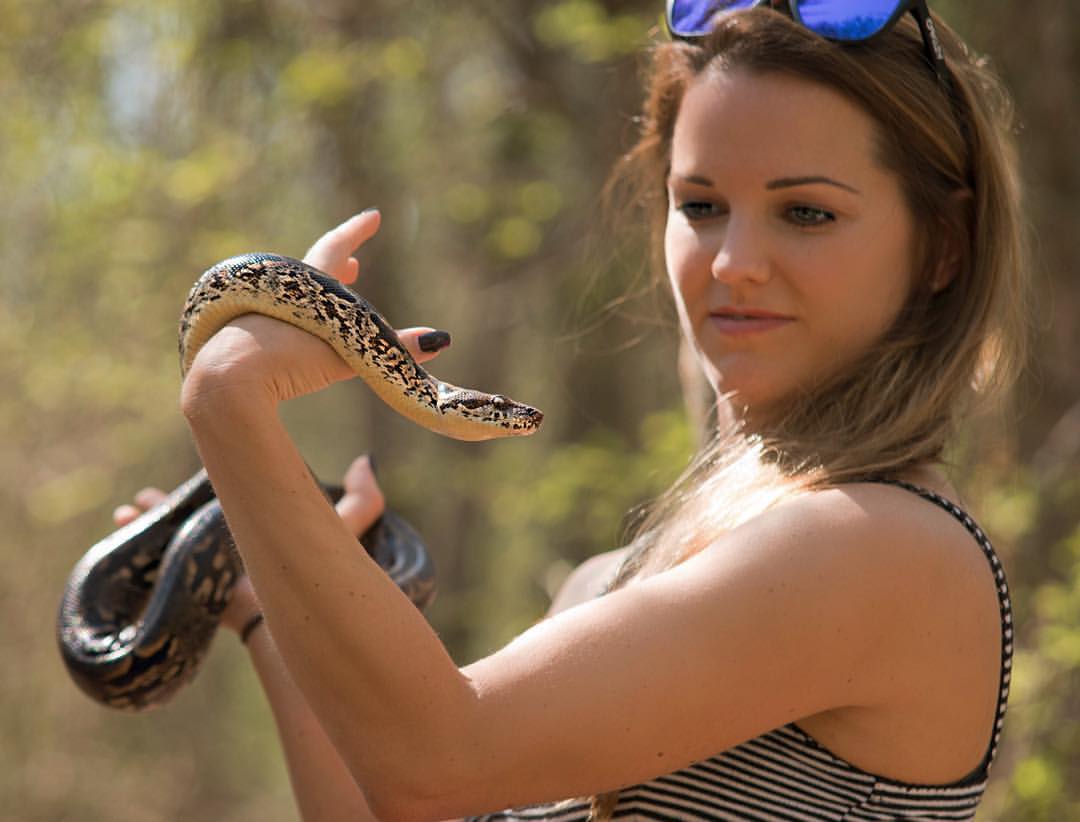
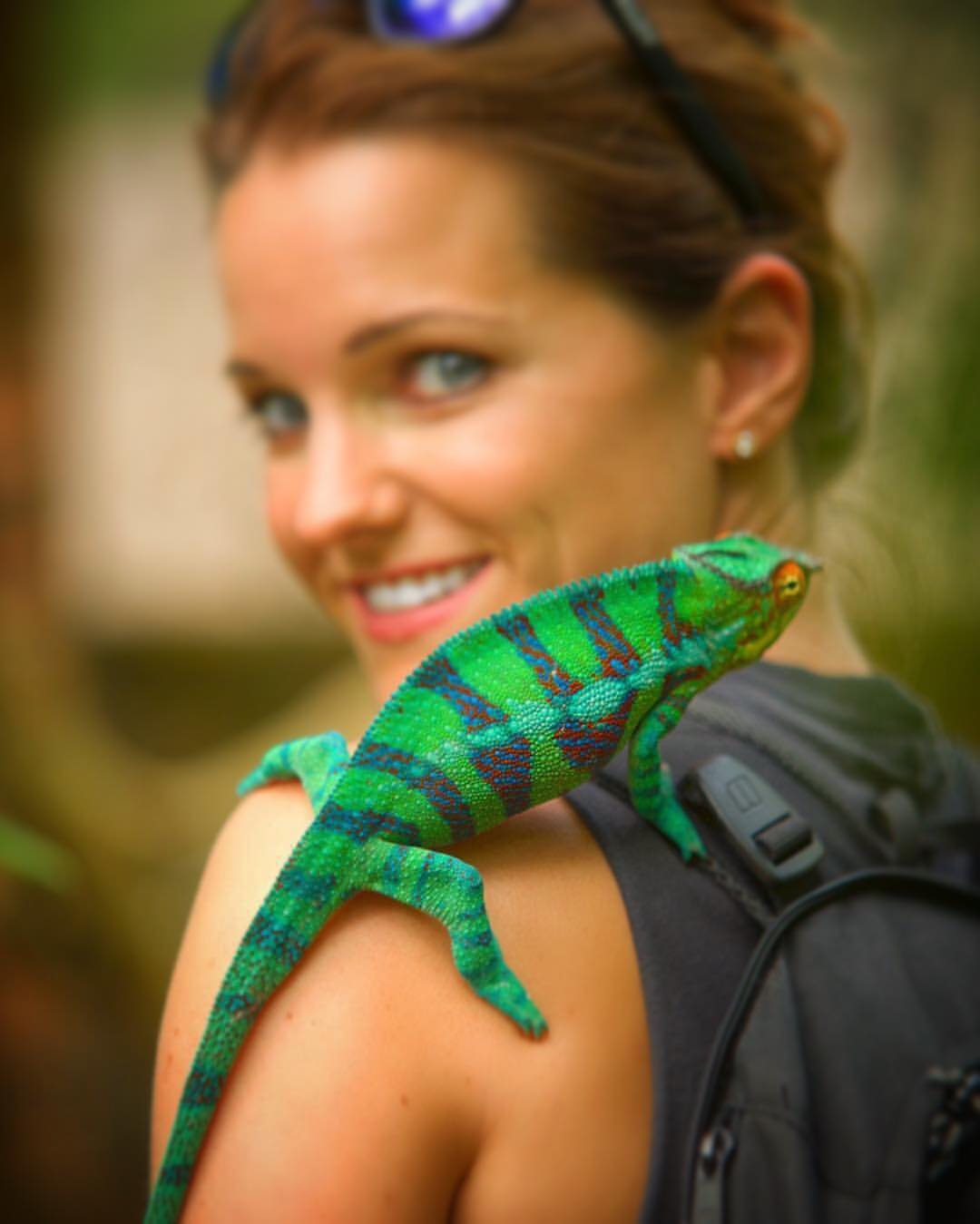
Unless you’ve been living under a rock, you’ll know that the growing human population is putting unsustainable pressure on the natural world. However, the campaigns, TV shows and articles that I’ve worked on that have been most successful, are the ones that remind us of the beauty of the natural world, the simple things that we can do to make a difference and the small wins that we’ve had.
Ecotourism does all of these 3 things. How many of you count down the days until you travel? We all love our vacations. But what if everyone swapped a resort for an ecolodge and sunbathing to wildlife watching? What effect would that have?
As well as having life changing adventures, ecotourism is one of the best tools that we have to save endangered species from extinction. The more tourists that come to see and photograph the animals — the more money is coming into the communities. The local people then start to see that the animals are worth more alive than dead. This helps reduce things like poaching, bushmeat hunting, illegal fishing and deforestation. In fact, scientists say that without ecotourism, gorillas would now be extinct in the wild.
So, there I was in December 2014. An enthusiastic naturalist with over 7 years of media experience under my belt and a new understanding about the importance of ecotourism. I set myself the almost impossible goal of visiting 12 wildlife hotspots around the world in 1 year. I then teamed up with some of the best photographers and filmmakers in the business to start a not-for-profit blog and vlog about the experiences that you can have with these wild animals. Nearly 4 years later we’re still going!
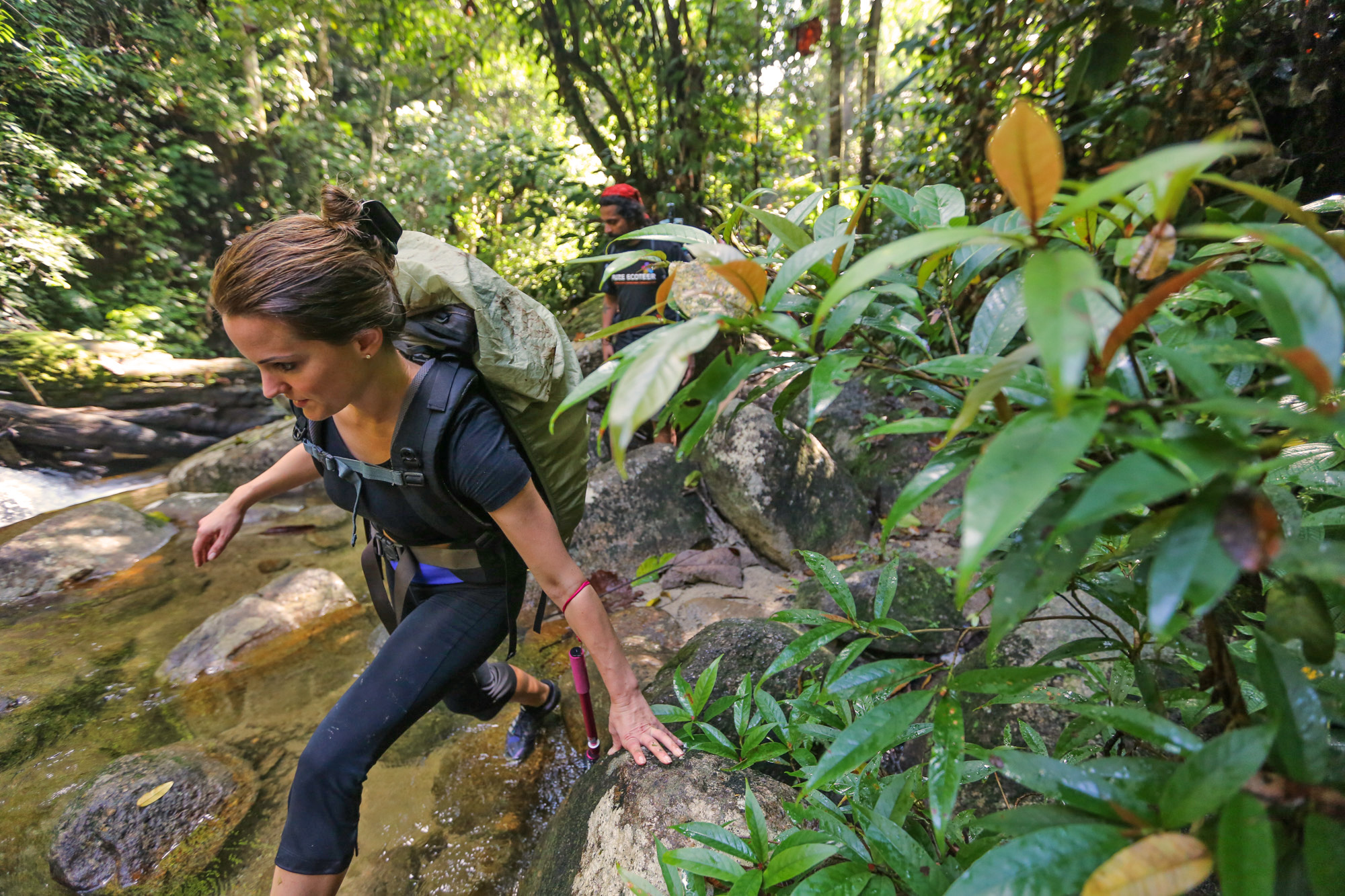
You seem extremely well traveled. Where have you been and why did you choose each destination? Pick your favorites.
I’ve now been fortunate enough to have travelled to over 60 countries (133 left to see!!) and I choose destinations with the greatest opportunities to see the truly charismatic animals of our planet in the wild. This isn’t to say that the less alluring animals aren’t important. However, you’re more likely to inspire wildlife adventures with tigers and orangutans than the critically endangered Bolivian chinchilla rat!
One of the toughest questions that I get asked is to name my favourite destinations. Each place really does have its unique highlights. However, if I’m pushed, I’d say my top 3 destinations for wildlife are: Madagascar, the Galapagos and Uganda. You can check out my blog to see why!

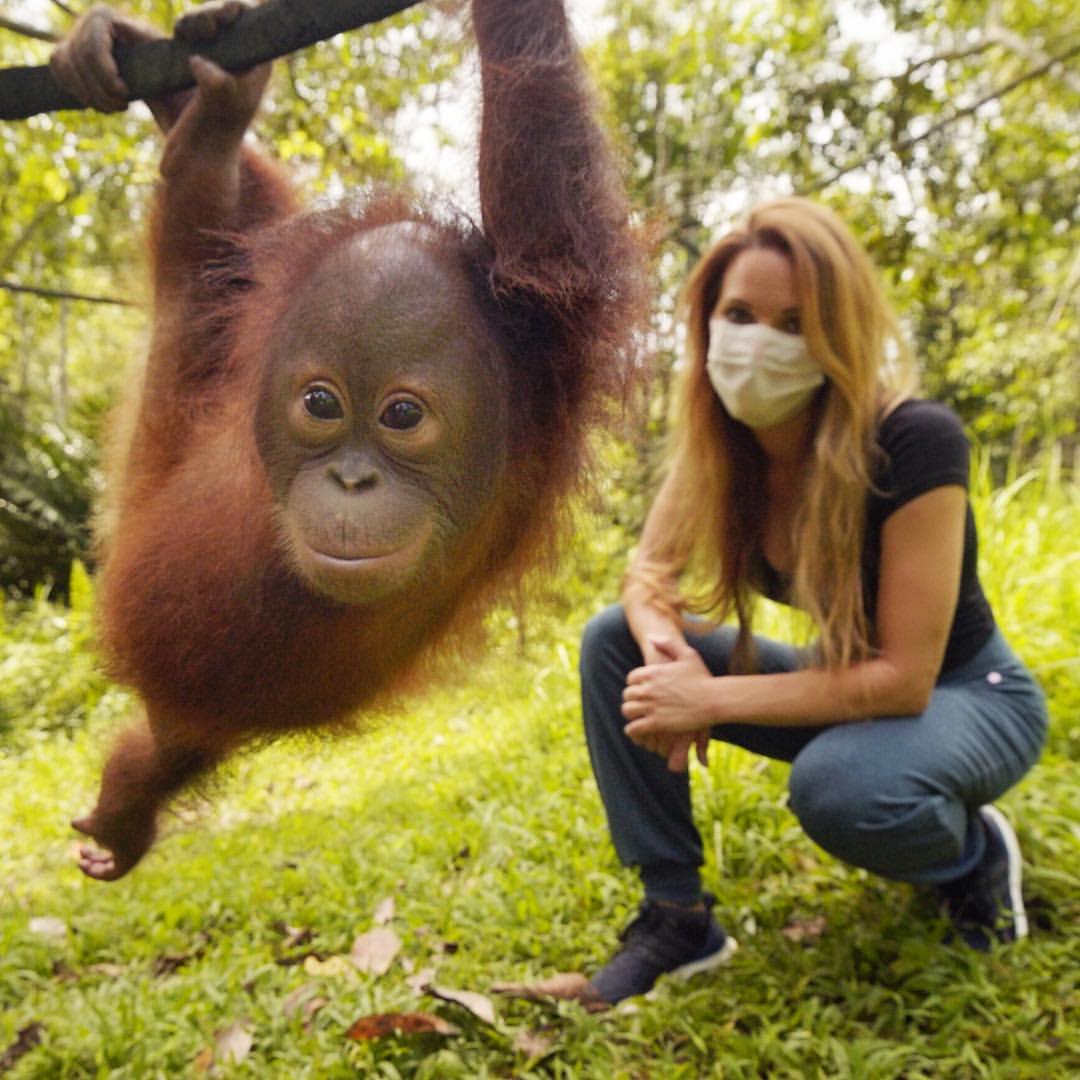
In your travels, what are some of the worst things you have seen with regard to the current state of the environment?
Every destination has its environmental challenges. Overdevelopment and irresponsible tourism in Crystal River, Florida. Deforestation for palm oil plantations in Borneo. The exotic bushmeat trade in Uganda. Habitat fragmentation in Madagascar. I could write something for every destination that I’ve travelled to! However, rather than focusing on the negative practices that are threatening the exquisite animals that inhabit our planet, let’s focus on something good! In every destination that I’ve been to, I’ve also met true conservation heroes who are working locally to make real change. These individuals inspire me to carry on my work because together we really could save species from disappearing forever.
You appear to be involved with many different activities and passions. What are some of them and what is the intersection between your passions and environmental preservation?
My dream is help people fall head-over-heels in love with nature. A kind of ‘green cupid’ if you will. Whether that’s producing TV shows, running campaigns, writing articles, public speaking or creating content for social media, I’ll try any channel to communicate! Through my travels, research and people that I meet, I’m constantly learning about new issues and causes that need attention. Talking about what can be done and how seems far more impactful than just sharing doom and gloom stories.
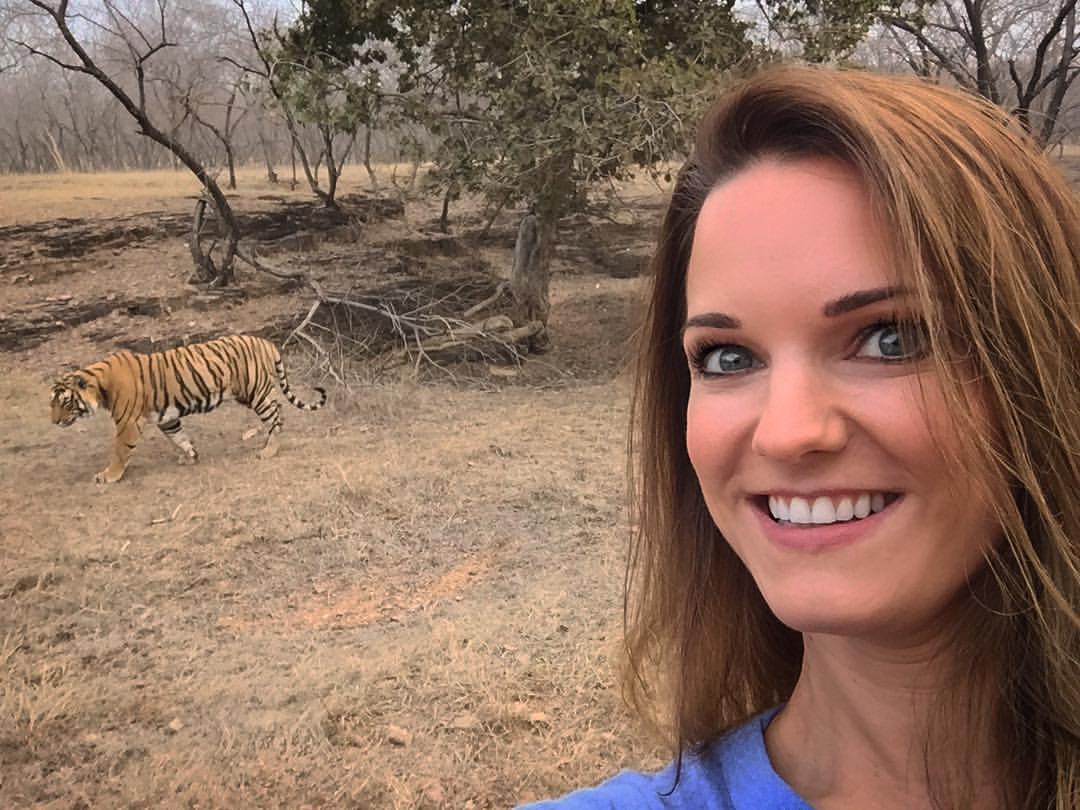
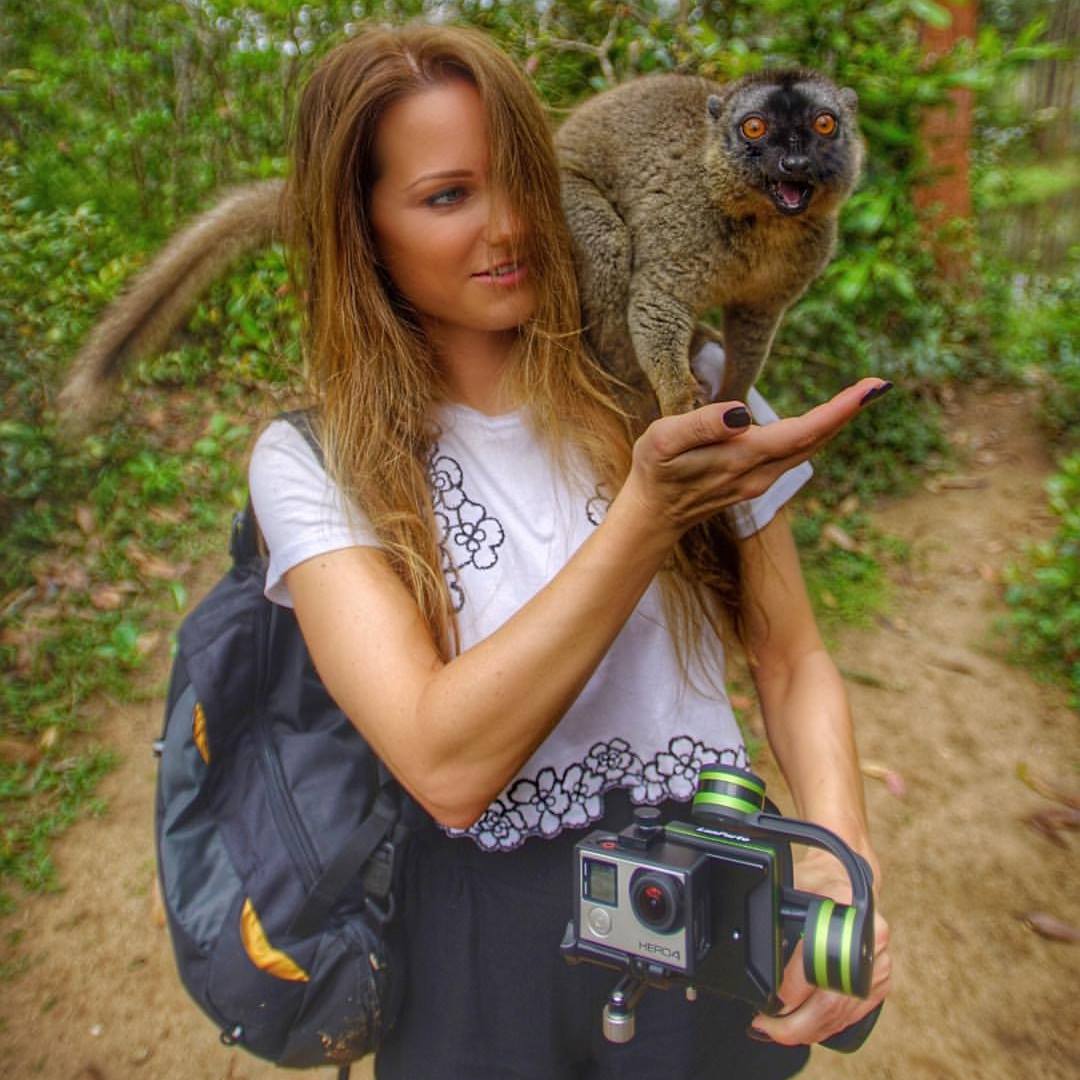
How do you live an eco friendly lifestyle on a daily basis? What are some simple things you have implemented in your life that everyone could do?
The more you explore the natural world, the more you see how connected absolutely everything is. You therefore start to realise that every action that you take has a consequence. Buying products containing unsustainable palm oil destroys orangutans’ habitat. Overconsumption of meat means vast areas of forest are cut down to grow soya beans for animal feed. Single-use plastic is choking our rivers and oceans. I try to live as consciously as I can. For me, conscious living means observing every thought I think, word I speak and action I take. This sounds like an exhausting process but, once you start, the benefits are phenomenal.
With regards to travel, it obviously has consequences for our planet. Flying isn’t environmentally friendly but for most people’s budget and time off work, it’s the only option. It’s not realistic to tell people not to travel. We’re a curious species and will always want to experience new things.
However, resorts, cruise ships and other types of mass tourism can be swapped for far more eco options whilst also giving you better holiday stories to tell than who won the sun lounger war. By choosing wildlife, adventure or eco holiday destinations, we can all make a difference.
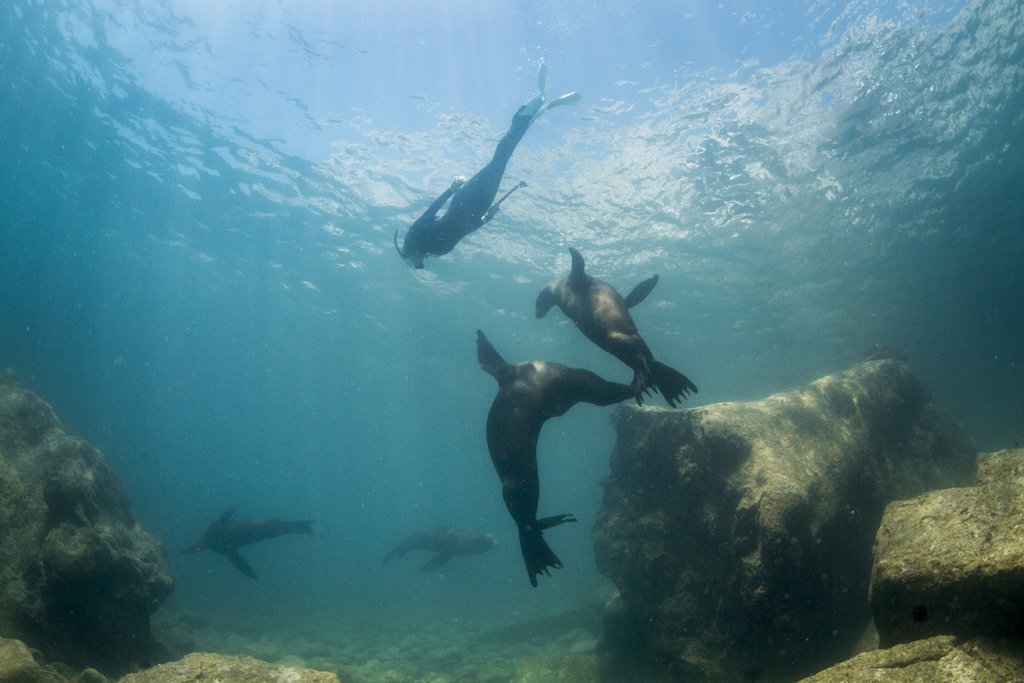
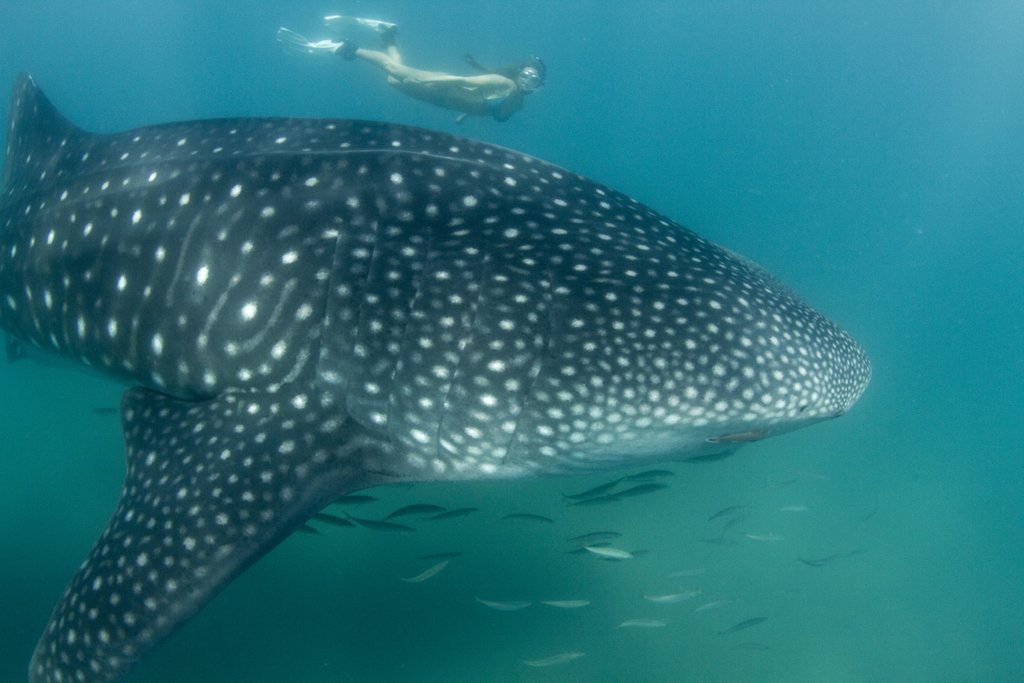
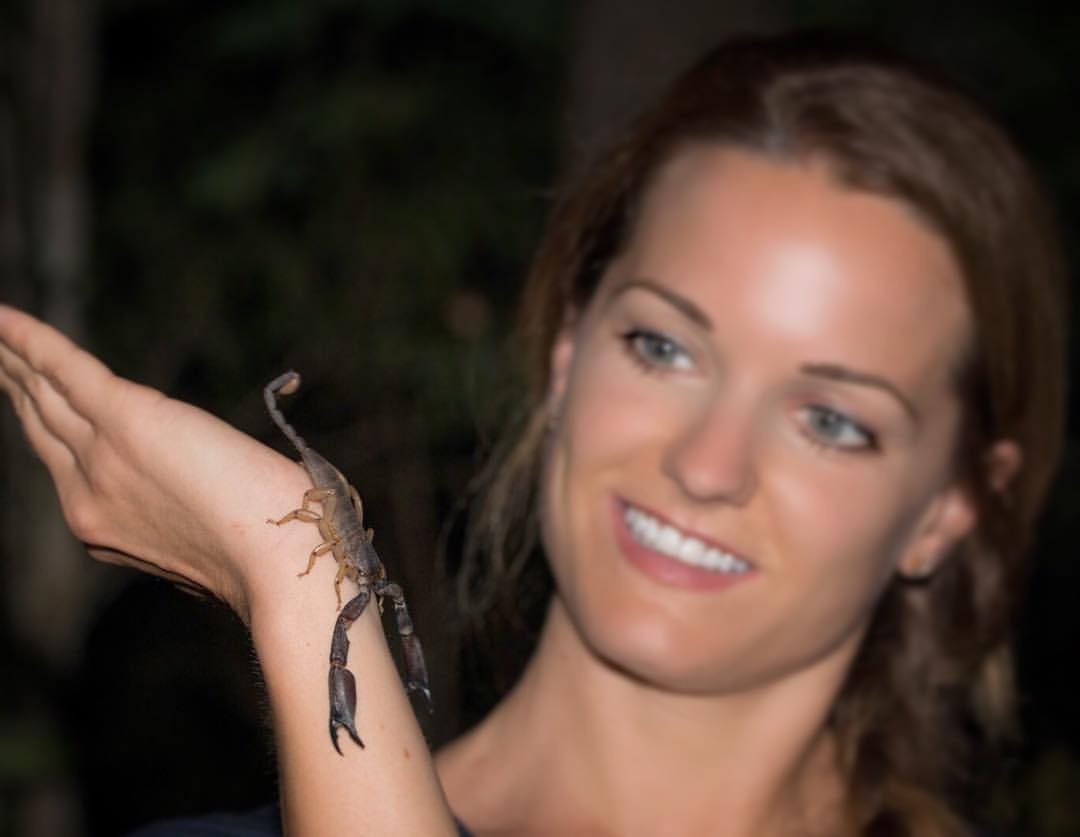
If you had the opportunity to speak to the youth of the world and implore a single life lesson, what would that be and why?
If you believe in something enough, throw everything you have at it and don’t give up at the first hurdle. You just need to be committed enough to work through the tough parts. And there are ALWAYS tough parts.
I’ve come across a fair few challenges on my journey. I've suffered from seasickness so violent that I vomited through my dive regulator into shark infested water. In Malaysia, I had leeches sucking my blood all over me. And I mean EVERYWHERE! I've suffered severe dehydration, almost been arrested by police in Mexico and had a gorilla urinate on my head! But, for me, the most challenging part of these expeditions isn't the physical discomforts. Actually, they often just make for even better stories. The hardest part was/is trying to get other people to believe in my dream as much as I do. I've been well used to rejection and being a woman in this sector has been a challenge that I wasn't expecting. I hope this is no longer a factor in the future as I see more and more female adventurers achieving incredible things. However, I have had people say to me 'But you don't look like an adventurer' and 'I've had to fire women from expeditions before. They are too distracting'.
For me, every moment of struggle is worth it and I'll keep on promoting eco adventures as a tool for the conservation of this planet's amazing creatures.
My advice is to document the challenges as well as the highlights: write them down, photograph them and film them. They are all part of your story that, one day, you can use to inspire others with to take on those impossible challenges.
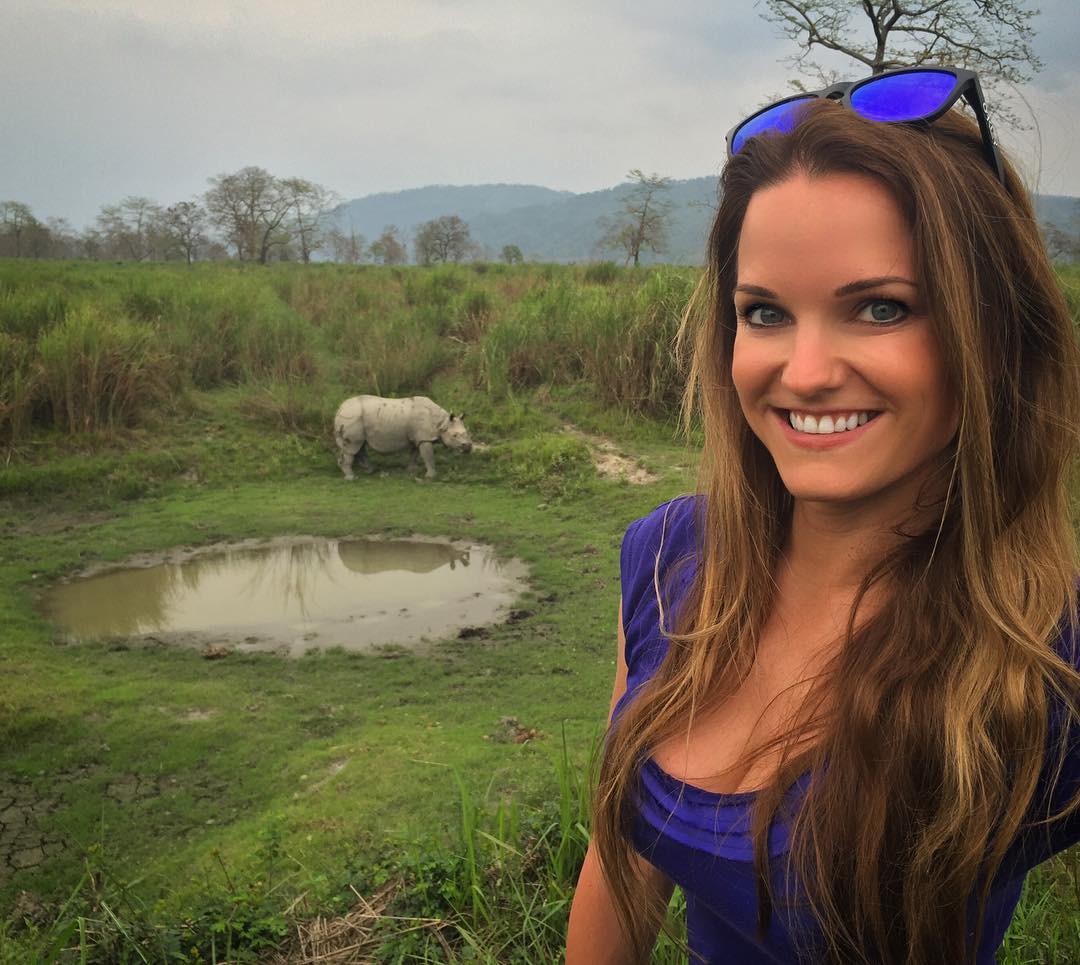
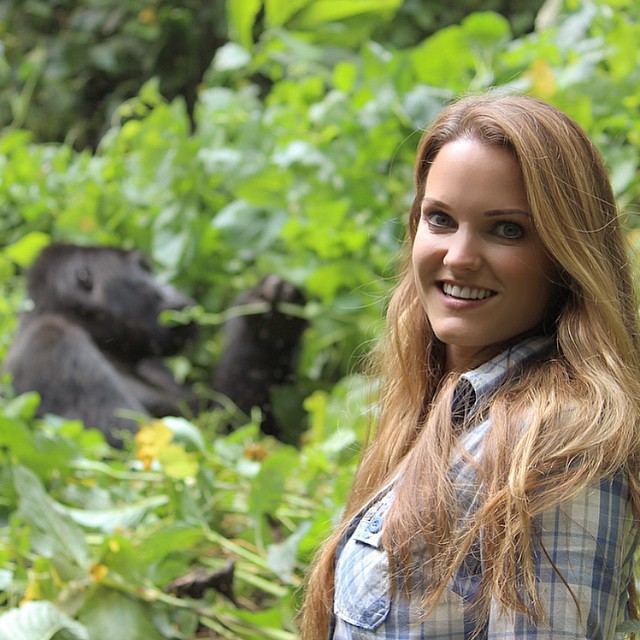
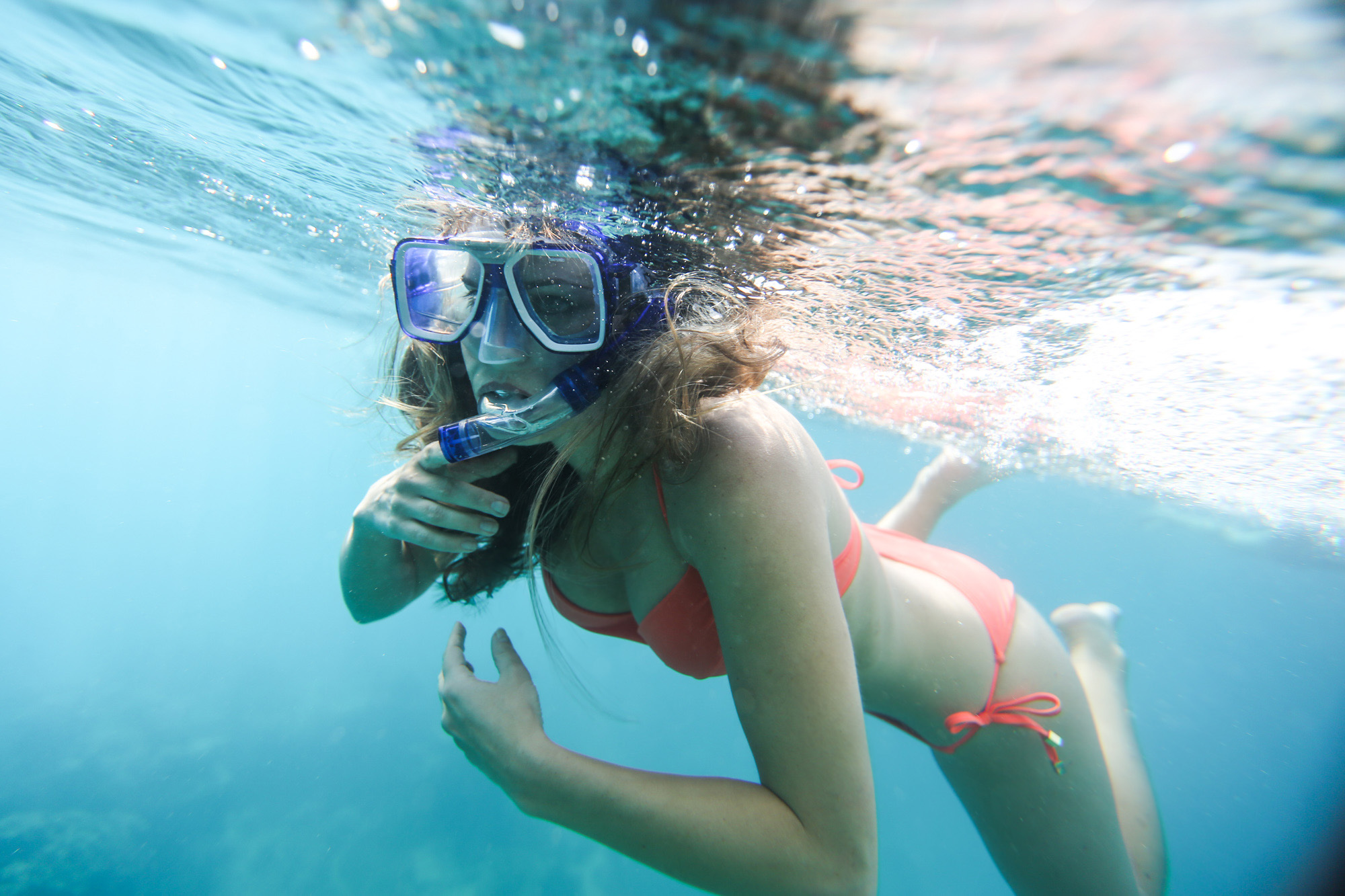
If there were an individual cause that you care about, related to the environment, what would it be?
No country that I’ve visited has touched me quite like Madagascar. Madagascar has the smallest species of reptile in the world, 107 species of lemur (20 per cent of the world’s primates), mysterious Tenrecs that resemble an otter-hedgehog hybrid and Baobab trees that look like they are straight from a fairytale book. In fact five per cent of the world’s biodiversity can be found on Madagascar – not bad considering it’s only 0.4 per cent of the world’s land mass!
I’ve become spellbound by Madagascar’s distinction but I’m afraid for its future. 30,000 hectares of forest are being cut down each year and, if this rate continues, there will be no forest left within 25 years. Without the forests, wildlife will have nowhere to live! Ecotourism is a viable way to make the forest’s worth more to the local people than turning them into agricultural land. If the Malagasy people can make a good living from guiding tourists through the forests and showing off the befitting animals it hosts, they are far more likely to protect them for many more generations.
The key here is that, if you want to save the lemurs, you need to go to visit them. And if that option is financially unobtainable, then you can donate to make a difference. Primatologists from all over the planet have come together to create the Lemur Action Plan — a scientific paper on how to save all 107 species. Only $7million is needed to ensure their future, if we can persuade 7 million people to donate $1, then we’ve done it!
If you’d like to ensure that generations to come can enjoy the splendor of Madagascar, you can donate here: http://www.saveourspecies.org/get-involved
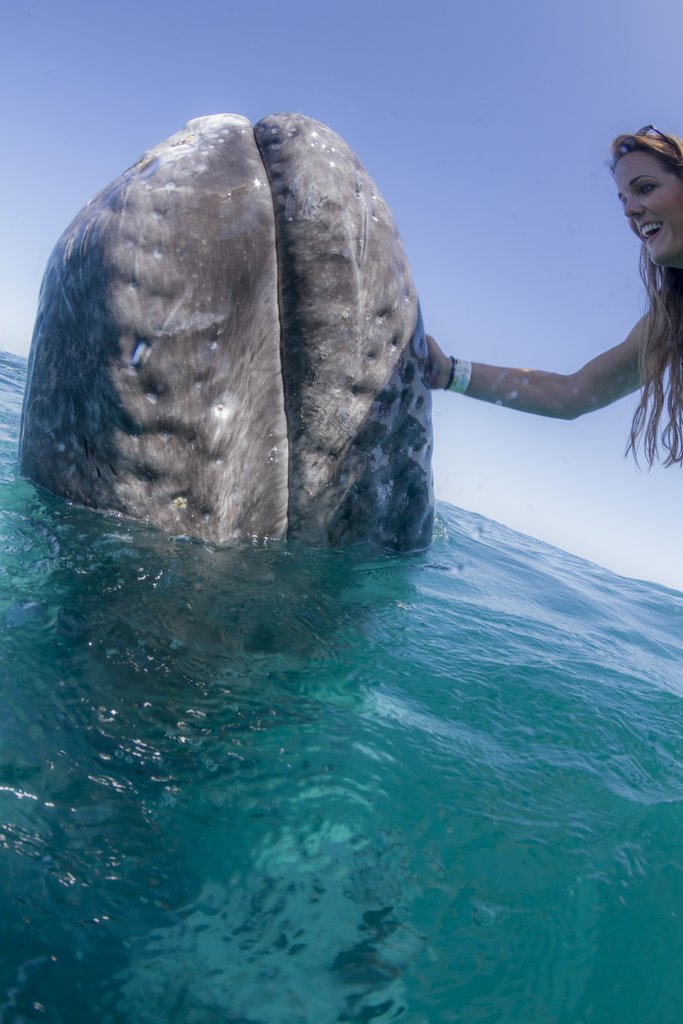
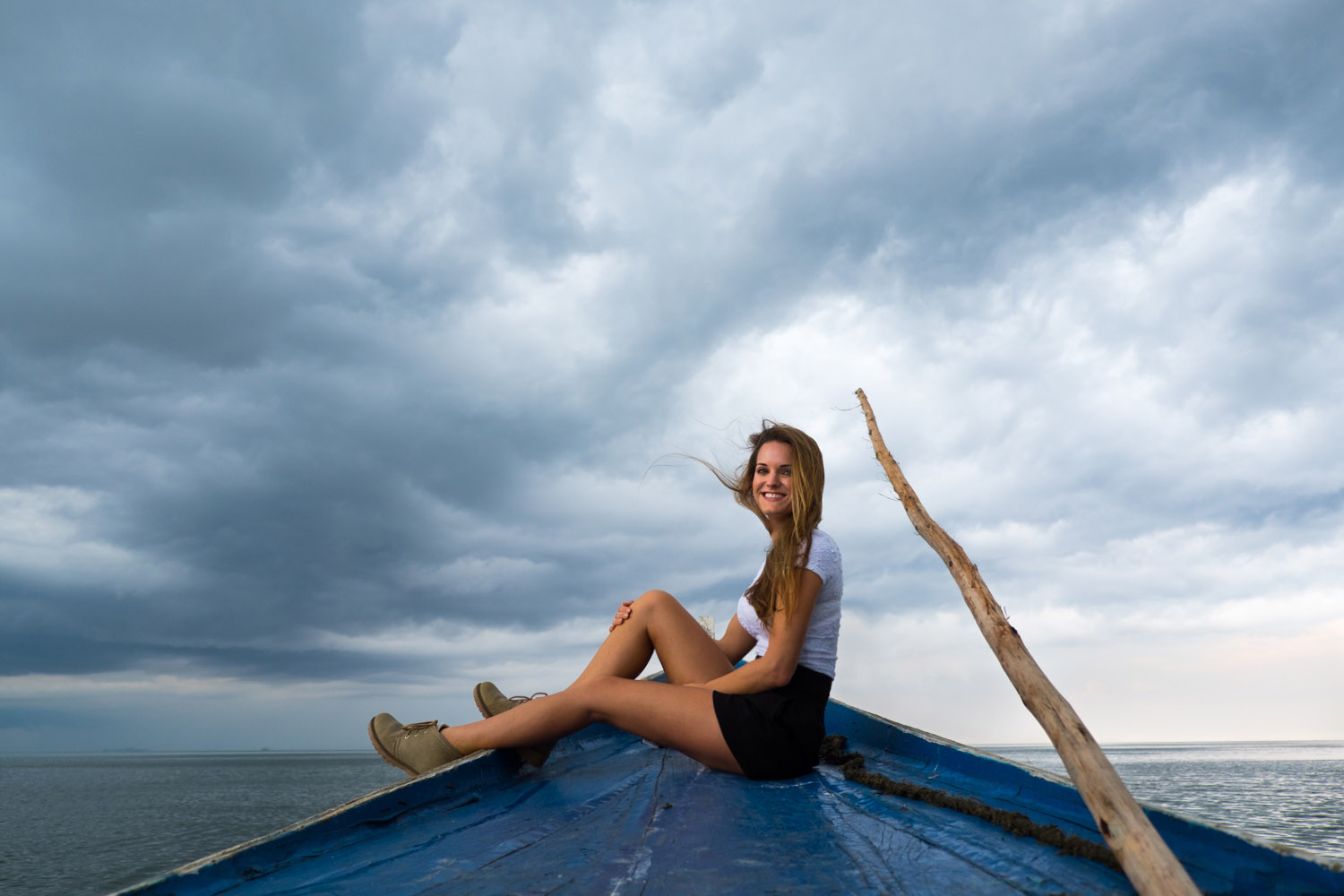
Where can people find you?
Instagram: @catherinecapon
Website: http://catherinecapon.com
YouTube: https://www.youtube.com/c/CatherineCaponsWildlifeAdventures
